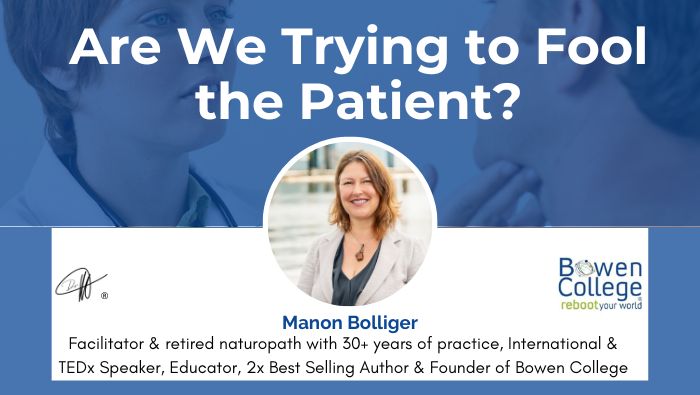In the last post, we saw widespread findings showing a pervasive placebo effect with the use of pharmacological treatments. What do these findings tell us? Why all these variable results? If drugs are supposed to have a predictable result on certain pathways or for certain diseases, then how can we get such variable results?
The reality is that the “non-scientific” component in the equation is actually the “subject” of the experiment ― the patient.
As Colloca et al. put it: “Scientific assessment of benefits from symptomatic treatments, such as analgesic agents, has been based on the assumption that treatment interventions will produce predictable benefits in patients with a given condition that can be measured in aggregate statistics derived from randomized clinical trials and extrapolated to clinical practice. However, placebo and nocebo research reveals that the context in which symptomatic treatments are provided, and notably the information communicated to patients, creates expectations that influence the observed outcomes in terms of which benefits and risks are defined.”(2005 p.237)
The problem is several-fold. When reviewing research on drug efficacy deemed appropriate to address certain diagnosed conditions, we find that many drugs are withdrawn and do not even make it to FDA approval due to their side effects. Many drugs on the market (as it only takes a statistically marginal “benefit” in the trial to move up the eligibility ladder) have only marginally better results than placebo alone. Furthermore, research now shows that their effectiveness is determined by the context in which they are given, and the expectations of the patient.
There is though a deeper lesson to be learned from all this. We’ll get to that in the next post.









